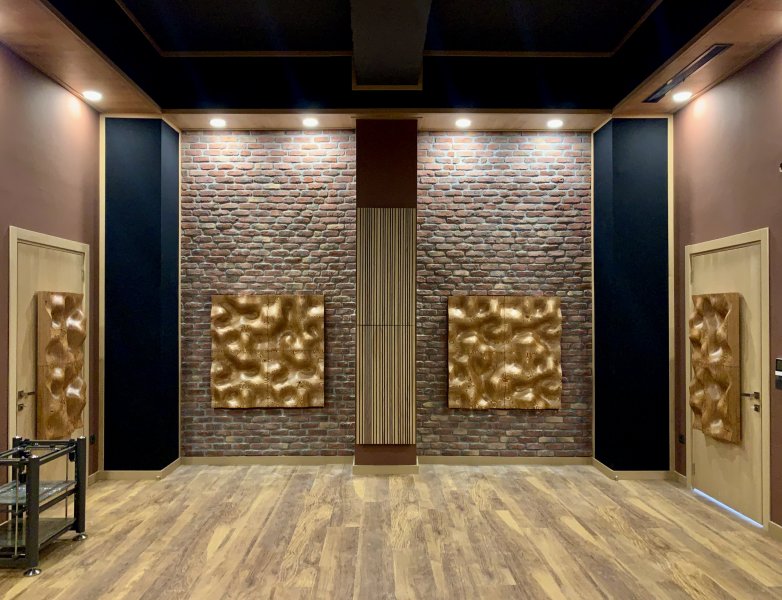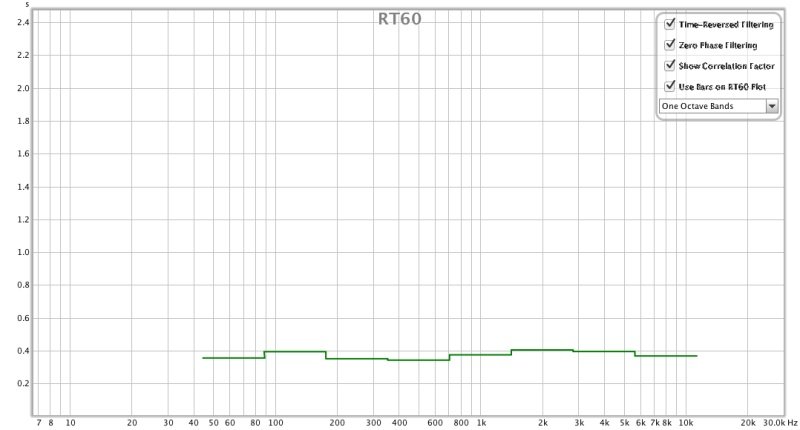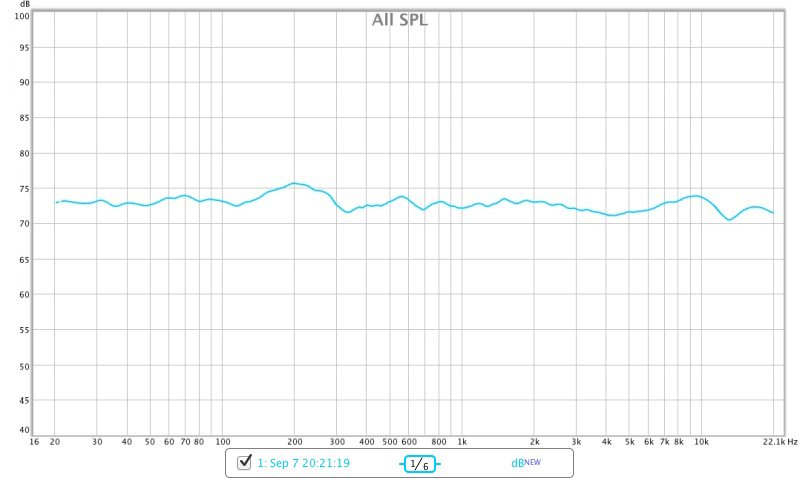My prior room where I had a great even response, with very good homogenous decay. Only detrimental room effect (which was minimized via treatments) was caused by side reflections.
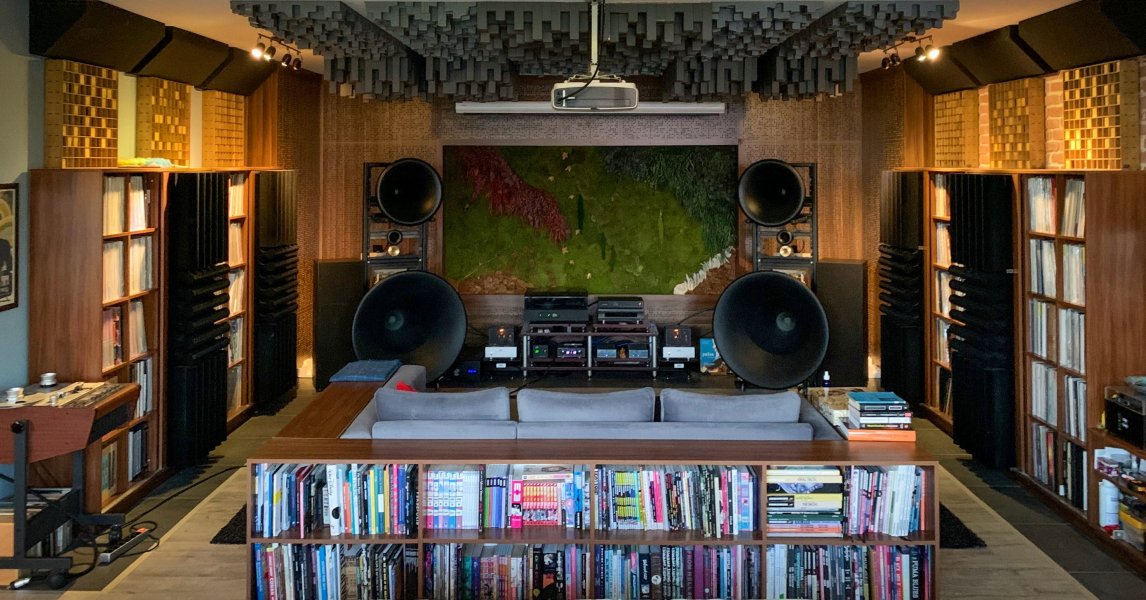
My current room has a low ceiling and is a smaller space. I have good response,, better side reflections but a little more uneven bass, generally close to what I had in my prior room with good homogenous decay.
Room dimensions: 7.66m x 5.78m x 2.5m
Room proportions: 3.06:2.31:1
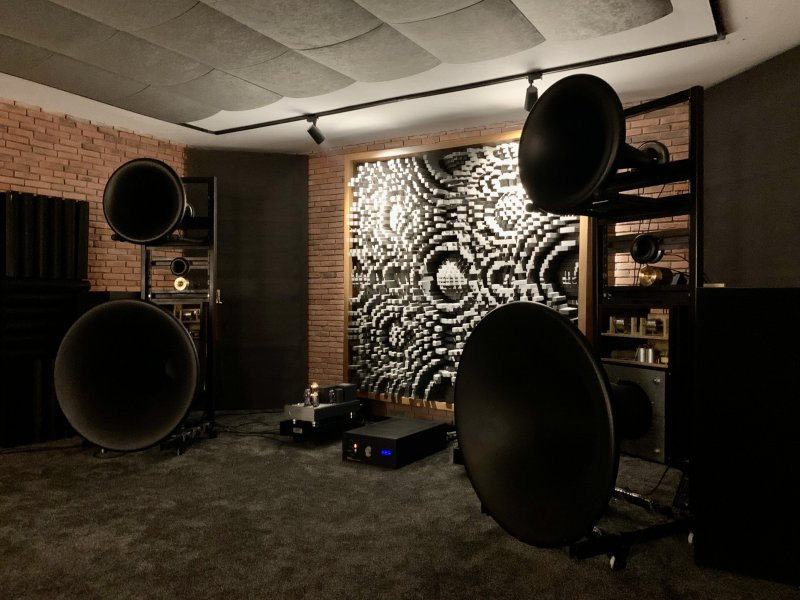
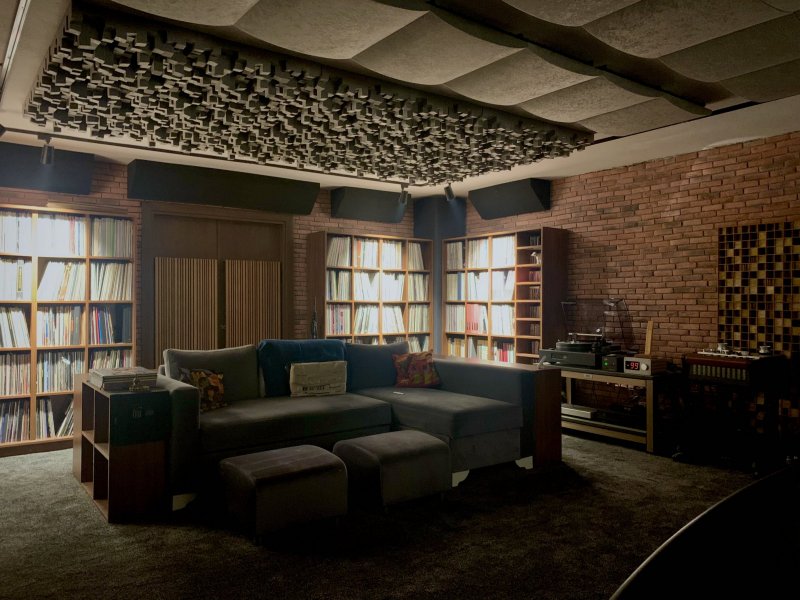
The demo room I am building for my speaker brand. Much higher ceiling, wider room, good proportions. Only treatments left to do are ceiling panels and the afghan hand weaved carpet.
Room dimensions: 7m x 5.70m x 4.15m
Room proportions: 1.66:1.31:1
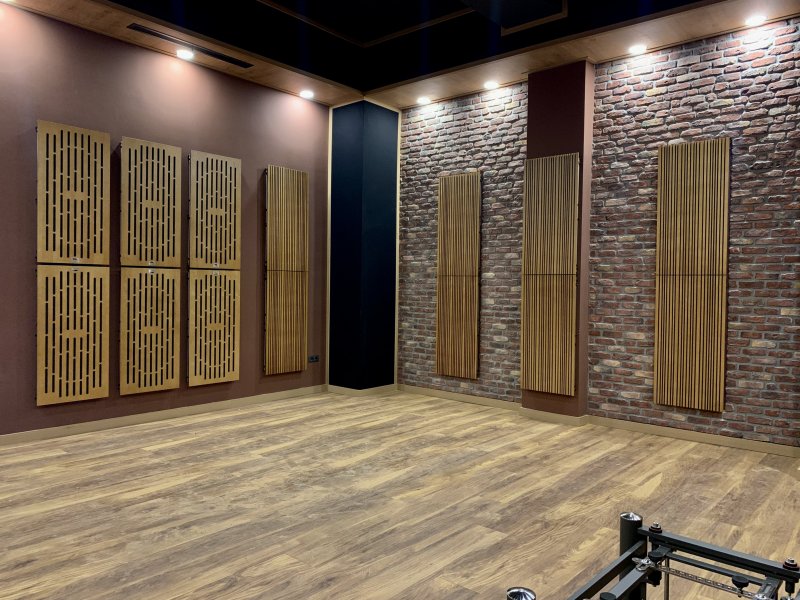
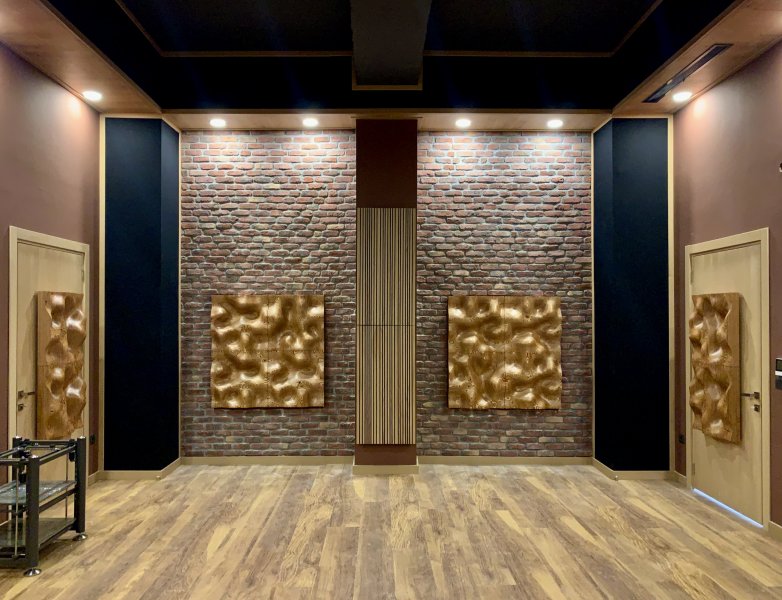

My current room has a low ceiling and is a smaller space. I have good response,, better side reflections but a little more uneven bass, generally close to what I had in my prior room with good homogenous decay.
Room dimensions: 7.66m x 5.78m x 2.5m
Room proportions: 3.06:2.31:1


The demo room I am building for my speaker brand. Much higher ceiling, wider room, good proportions. Only treatments left to do are ceiling panels and the afghan hand weaved carpet.
Room dimensions: 7m x 5.70m x 4.15m
Room proportions: 1.66:1.31:1


Attachments
Last edited:







